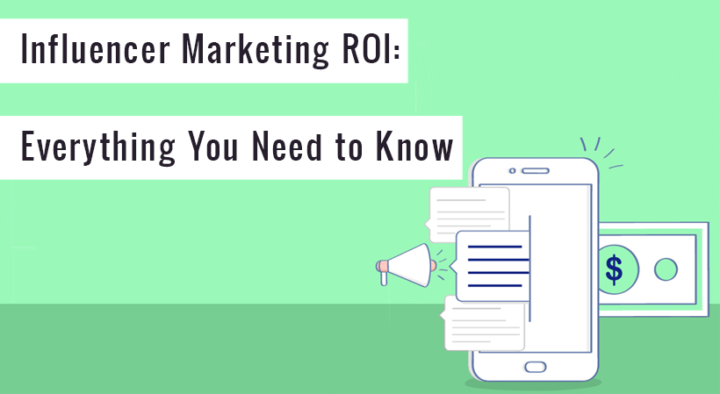 Influencer marketing, like any form of marketing, should eventually drive a positive ROI. However, each marketing channel requires unique methods for measuring ROI. For example, there are forms of digital marketing (such as pay per click advertising) that are much more quantifiable than others (like advertising on tv or radio). The former is a form of direct response marketing. The latter is typically used to drive brand awareness.
Influencer marketing, like any form of marketing, should eventually drive a positive ROI. However, each marketing channel requires unique methods for measuring ROI. For example, there are forms of digital marketing (such as pay per click advertising) that are much more quantifiable than others (like advertising on tv or radio). The former is a form of direct response marketing. The latter is typically used to drive brand awareness.
Affiliate marketing management gave birth to a separate branch of affiliate tracking software with its peculiarities and features. These are vastly different forms of marketing, yet, in my conversations with smaller brands, I often come across clients who try to measure influencer marketing ROI using direct response measuring techniques. The result is that expectations are often misaligned with reality, and they terminate their influencer marketing campaigns prematurely.
Internally, we think of Influencer marketing (as with any form of marketing), as one piece of a larger marketing mix. Influencer marketing ROI isn’t usually realized in the form of direct/trackable sales like Pay Per Click or other forms of direct response marketing.
To understand why –just put yourself in the shoes of a YouTube viewer. Have you ever watched a YouTube video and immediately purchased the product when you didn’t have the intention beforehand?
I know I haven’t. It’s not an impossible scenario. But it’s also not representative of normal user behavior. So we have to think about measuring ROI in other ways, including some ways which aren’t as easily quantifiable. For example, in addition to some level of direct traffic/sales, ROI is realized in the form of brand awareness, better SEO, and social proof. I’ll touch on each of these in more detail below.
Brand Awareness
Awareness is typically at the very top of the marketing funnel. The more consumers are aware of a product, the greater the demand for that product. Consumers have to know about a product before they can buy it. While most people who watch YouTube videos are not viewing with purchase intent, YouTube, like television, presents an opportunity to drive top-of-the-funnel awareness that a product exists.
If trackable sales from your latest YouTube review do not come in immediately, don’t fret. The likely path to purchase is something like this. A potential consumer watches a review, remembers the product and what problem it could solve for them, and purchases it sometime in the future when she actually has a need for it.
Awareness isn’t easily measurable without extensive (and expensive) consumer surveys. Yet, we know from our own experience that this is often how to determine which brands/products to consider when we have the need.
SEO
Unlike brand awareness, people often DO use search engines with purchase intent. To illustrate this, I’ll use an imaginary consumer named Carol.
Carol is 26 years old and has recently developed an acne problem. She decides she’s going to solve it once and for all and turns to Google to find out which acne cream people are recommending.
She enters “acne cream reviews” and hits enter. Nested in the usual Google search results, are YouTube reviews about a variety of acne creams. She watches two videos where a multitude of creams are reviewed and decides on the Acme brand because it was the only one recommended in BOTH of the videos she watched.
YouTube is the second-largest search engine in the world. The more people on YouTube buzzing about a product in their videos, the greater the likelihood of consumers discovering reviews of that product when searching Google, YouTube, or any other search engine. The more people who see a positive review about that product, the more people will purchase it, all things considering.
Social Proof
Social proof is a psychological concept in which people use the behavior of others as a proxy for what they should do themselves.
In the context of consuming products, potential consumers will visit a brand’s website, read/watch reviews, and check out the company’s social media pages to validate their decision to try a brand.
They say to themselves, “If others like it, it must be good.” The opposite is also true. If someone sees a video review, but they click to the site and it’s not up to par, or there’s no content on the blog, or the brand’s social media accounts are inactive, it occurs to consumers the same way an empty restaurant would. In this case, they say to themselves, “This place is empty. The food must be terrible.” And they leave. This, of course, would be negative social proof.
The Bottom Line
The bottom line is that influencer marketing is extremely powerful because it amplifies word of mouth recommendations of products. But it’s not as easy to derive quantifiable data from influencer marketing as it is with direct response channels. My hope is that you now have a better idea of how consumers behave, and how to leverage influencer marketing to capitalize on this behavior.


















